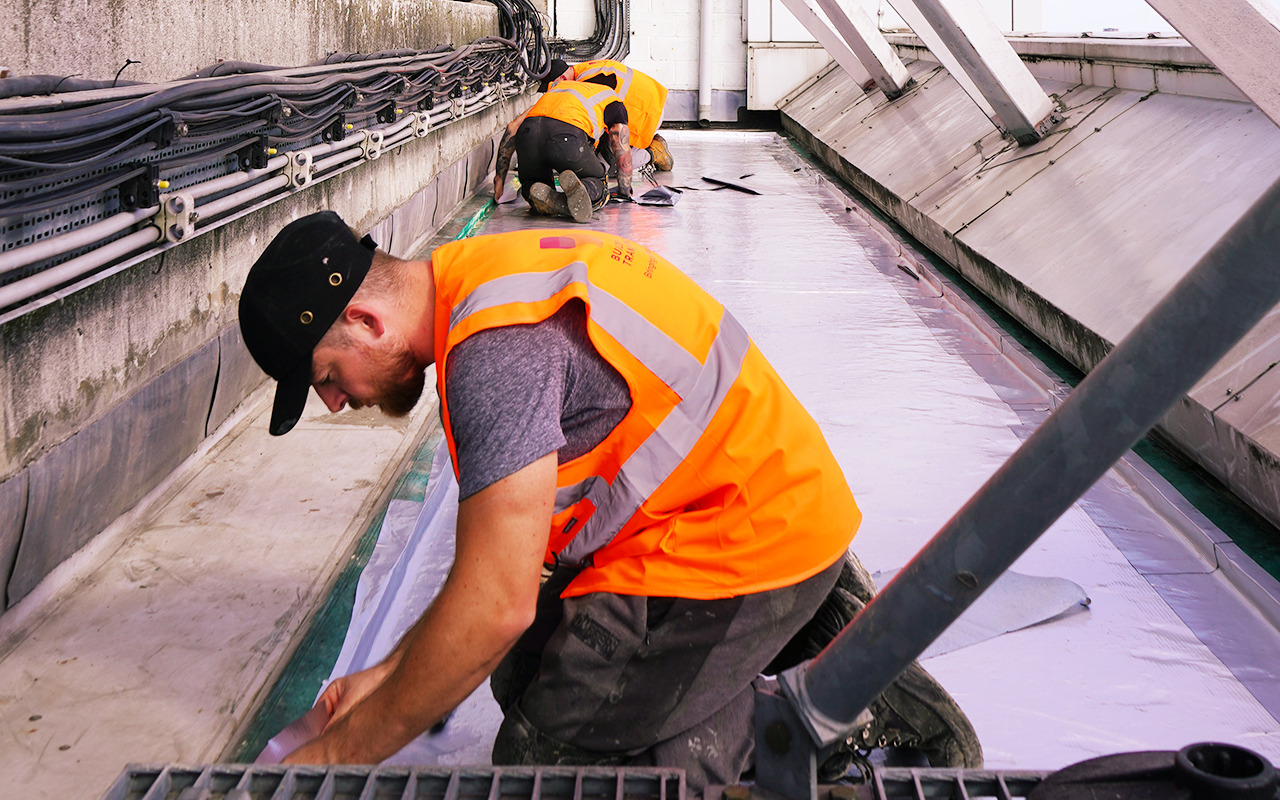The present threat from coronavirus should be the ultimate wake-up call for tackling indoor pollution, according to a leading engineer.
David Frise, CEO of the Building Engineering Services Association (BESA) warned that the government needs to act now if they want to reduce the threat to human health posed by pollution in buildings.
He was speaking in response to an editorial in the Times newspaper by Harvard University professor Joseph Allen. The academic said ‘healthy buildings’ could help in the fight against coronavirus. Conversely, unhealthy buildings could worsen the situation and which is why he is calling for a review on building ventilation systems right now.
Adjust indoor humidity and avoid over-crowding
The way to avoid ‘unhealthy building syndrome’ professor Allen insisted, was to “improve filtration and ventilation in most buildings…and increase rates of fresh air.” To achieve this, it is necessary to be able to adjust the indoor humidity levels in rooms and large open-plan spaces, as well as avoid over-crowding.
The professor also wants an increase in minimum ventilation and filtration rates. The current ‘cheap filters’ in many of today’s buildings, are ineffective, he said. That’s because they capture a mere 20 per cent or less of airborne virus-sized particles. More portable air purifiers with highly-efficient filters would help, he said, especially in public buildings such as schools, community centres and nursing homes.
A policy change is necessary ‘today’
BESA warn that indoor pollution needs to be tackled today and not tomorrow. David Frise added: “This [threat] is not something that can wait for a policy change in 15 years’ time – and the present threat from coronavirus should be the ultimate wake-up call.” In his recently published book Healthy Buildings, professor Allen pointed out the example of the of the SARS virus 17 years ago. One person contracted the virus but it spread rapidly to 16 other people staying in the same Hong Kong hotel. Within days it spread around the world.
Continual clashes between Trump and AIA
BESA warn that indoor pollution needs to be tackled today and not tomorrow. David Frise added: “This [threat] is not something that can wait for a policy change in 15 years’ time – and the present threat from coronavirus should be the ultimate wake-up call.”
In his recently published book Healthy Buildings, professor Allen pointed out the example of the of the SARS virus 17 years ago. One person contracted the virus but it spread rapidly to 16 other people staying in the same Hong Kong hotel. Within days it spread around the world.
Viruses multiply in a low humidity environment
Airborne viruses are better at surviving in low humidity environments, according to the professor – and which is why humidifiers are necessary. Hi research showed that when relative humidity in a building was increased by 50 per cent, the number of particles for a flu virus fell by one third. This, he said, would have an effect on Coronavirus where it would have more difficulty surviving if the relative humidity in a building was 50 per cent compared to 20 per cent.
The importance of clean indoor air was also highlighted by a recent report by the Royal College of Paediatrics and Child Health (RCPCH). It pointed out that today’s children spend an average of 68 minutes a day in the open air. And yet, indoor air quality is often up to 13 times more polluted than that in the outdoors environment. That’s due to outdoor contamination mixing with airborne chemicals, particles and viruses within their homes.
BESA applaud the government’s move to ban diesel cars by 20135 in a bid to cut back on pollution. But they are also demanding that in order to prevent further outbreaks of viruses such as the coronavirus, that Part F of the Building Regulations and the Future Homes standard should stress the importance of higher quality ventilation in homes and commercial buildings.













